Fence Rail Dog
The Fence Rail Dog is an enormous hound, nearly ten feet in length, which haunts a stretch of Route 12 near Frederica in Delaware. Mentioned by Charles J. Adams III, a Pennsylvania-based author on paranormal topics, the dog appears in the wake of automobile accidents on the road.

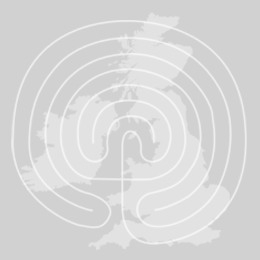
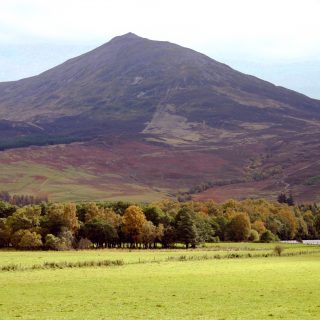
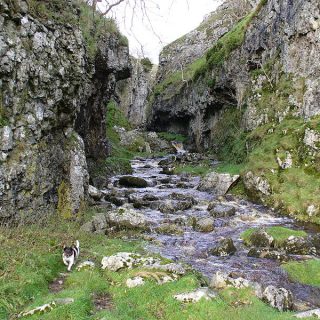
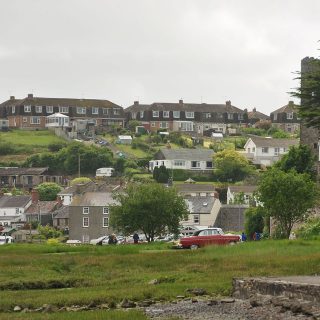
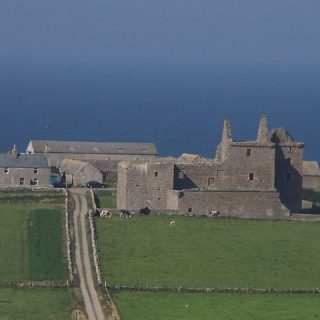
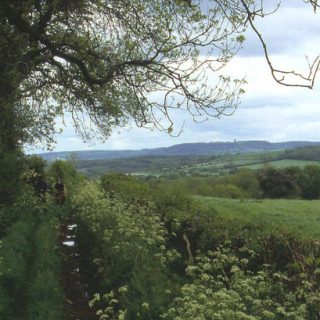
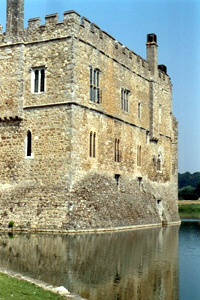
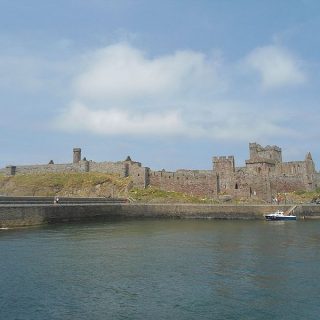
Recent Comments